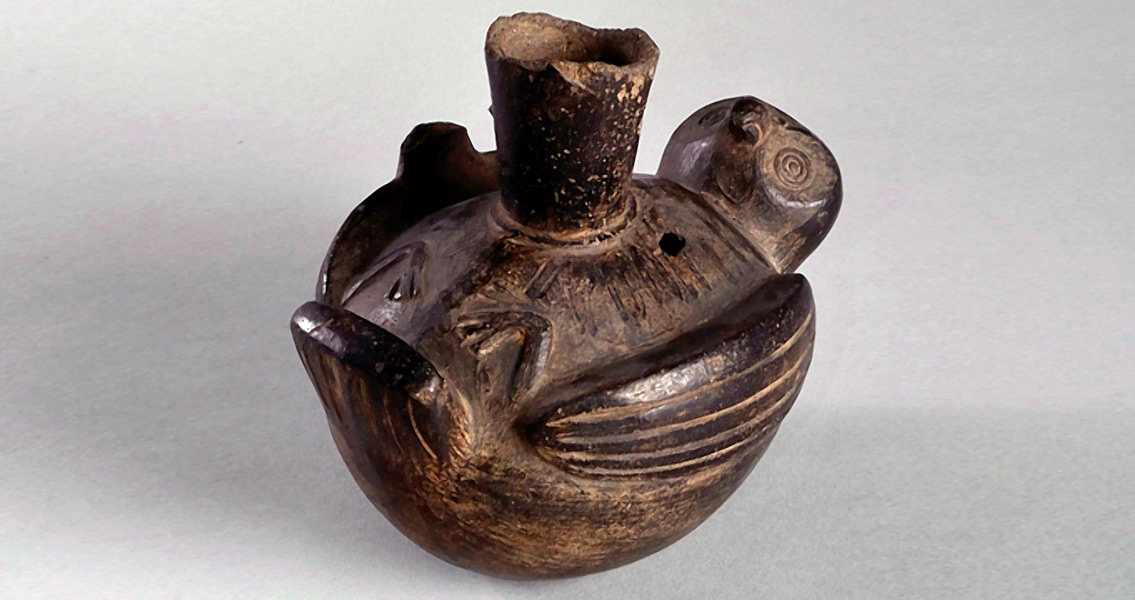<![CDATA[Archaeologists working at Chotuna-Chornancap on the north coast of Peru have unearthed over thirteen graves at the site of an ancient temple, which date back to between the fifteenth and sixteenth centuries. Among the findings are the remains of a half dozen children who appear to have been part of a human sacrifice ritual at the ceremonial complex. The graves are from the Chimú-Inca culture, and also contained decorative items as well as ceramic offerings. Wester La Torre, an archaeologist with Peru's Culture Ministry who led the excavations, is quoted in a statement released by the ministry as saying that the most notable aspect of the find was the position of the children’s remains: they had been buried in shallow graves, in pairs on the east, west and north sides of the ruins. The two children who had been buried at the west end were done so without their feet, which appeared to have been amputated. The placement and condition of the remains has archeologists speculating that the children had been sacrificed to serve as “guardians” for the other graves. The Chotuna Chornancap archaeological complex is located in the San José district of the department of Lambayeque. It’s comprised of two pyramids, or huacas: Chotuna and Chornancap, and is believed by some to have been the Lambayeque ceremonial center. One of the early cultures in ancient Peru, the Lambayeque developed between 700 to 1300 CE, following which the Chimu and Inca people occupied the site. Situated in northwestern Peru, the Lambayeque region is known for its rich Chimú and Moche history. The name originated from an ancient pre-Inca civilization of the same name; Lambayeque is derived from the Spanish name for the god Yampellec, who, it’s believed, was worshiped by the Lambayeque king: Naymlap. The remains of the adult individuals, both women and men, had been buried face-up in long, narrow graves. Intentional distortions to some of the bodies seem to indicate activities of an intense and ritualistic nature, including human sacrifice, according to the statement. Previous archaeological findings at the Chotuna-Chornancap site indicate the temple served as a sacred space and also acted as a seat of power during the Lambayeque period, which lasted from the eighth until the fourteenth century CE. The most prominent discovery at the site, in 2011, was the tomb of the Chornancap priestess. She was discovered in the center of the funeral grouping, in a tomb that held offerings much like those shown in a polychromatic painting which was also found in the Chornancap temple and which shows individuals with staffs, as well as others with no head. "The archaeological excavations in this season have begun to yield results that allow an understanding of the function of places such as Chornancap, which since the discovery of the priestess' grave has continued to reveal the complex array of ceremonies and rites that occurred at the temple," Wester La Torre says in the statement. ]]>
Children Sacrificed to Serve as “Guardians” for Chornancap Priestess
